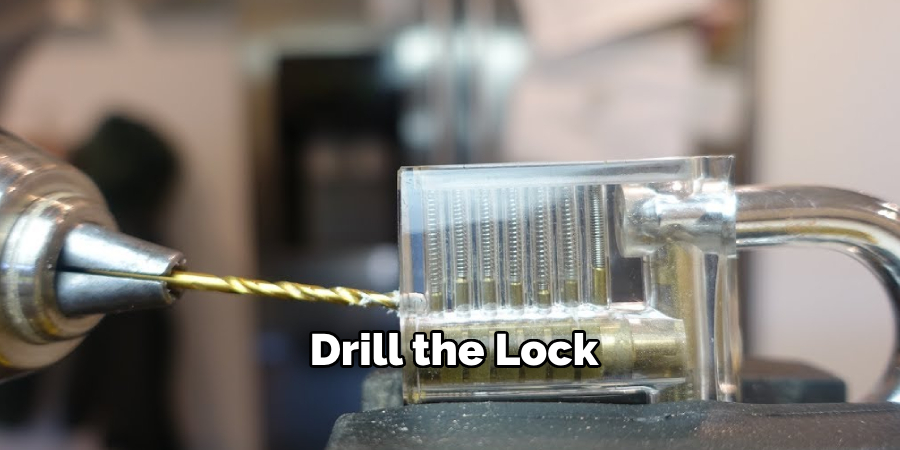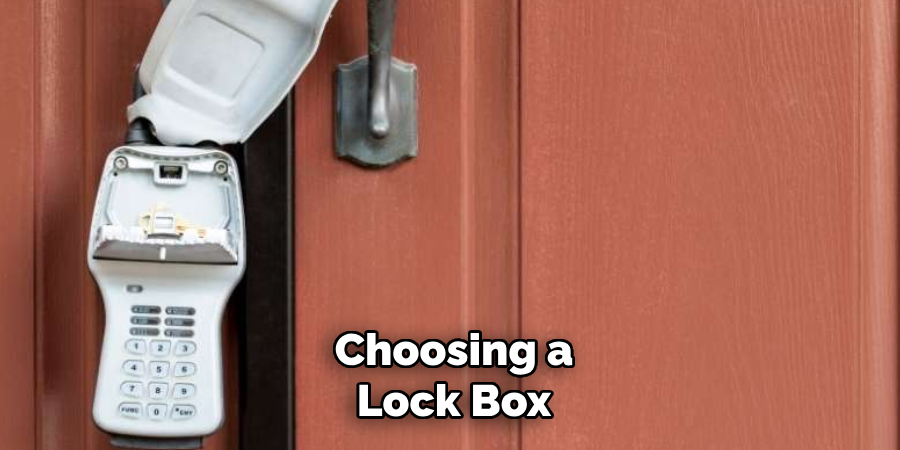A key lock box is a secure and convenient storage solution for keys, providing easy access while keeping them safe from unauthorized use. Whether you are managing access for a rental property, granting entry to service providers, or simply storing spare keys, knowing how to open a key lock box is essential. This guide will walk you through the steps to unlock one with ease and ensure proper use.

Types of Key Lock Boxes
Key lock boxes come in a variety of designs to suit different needs and preferences. The most common types include:
Wall-Mounted Lock Boxes
These are securely affixed to walls or other sturdy surfaces, making them ideal for permanent installations. They are commonly used for property rentals or real estate purposes.
Portable Lock Boxes
Designed for flexibility, portable lock boxes usually have a shackle that allows them to attach to doorknobs, fences, or other fixtures. They are perfect for temporary setups or situations that require mobility.
Combination Lock Boxes
Operated with a customizable numeric code, these provide a secure yet straightforward way to manage access without the need for physical keys.
Electronic Key Lock Boxes
Leveraging advanced technology, electronic lock boxes often feature PIN codes, Bluetooth connectivity, or smartphone app integration, offering enhanced convenience and control.
Choosing the right type of key lock box depends on your specific requirements, the level of security needed, and the ease of access you desire.
Identifying Your Key Lock Box Type
Before attempting to open a key lock box, it’s important to identify the type of box you are dealing with. Start by examining its physical features and functionality. If the box is affixed to a wall or another surface, it is likely a wall-mounted lock box. If it has a shackle for attaching to fixtures, it is a portable lock box. Next, determine the locking mechanism—manual combination dials are a hallmark of combination lock boxes, while electronic boxes often have a keypad, display, or smartphone integration. Identifying the type will help you understand the correct unlocking procedure and ensure proper handling.
10 Methods How to Open a Key Lock Box
1. Use the Correct Combination

The most straightforward way to open a key lock box is by entering the correct combination. If you have the combination code, rotate the dials to the proper numbers and pull the release mechanism. Many people forget the code, so it’s always a good idea to store it in a safe place, such as a password manager or a note in a secure location. If the lock does not open after entering the combination, double-check that each dial is set correctly and try again.
2. Try Common or Default Codes
If you have forgotten the combination, attempting commonly used default codes might help. Some lock boxes come pre-set with generic codes like “0000” or “1234.” If the box was previously owned, the user may not have changed the factory settings. Additionally, many people set their lock combinations to simple or memorable numbers such as birthdays, anniversaries, or street addresses. If you suspect the code was not customized, trying a few logical options may work.
3. Reset the Lock Box (If Possible)
Some key lock boxes have a reset feature that allows you to set a new combination. Typically, this process involves opening the box (if you still have access), pressing a reset button, or flipping a reset lever inside. If you can access the interior of the lock box, you may find instructions for resetting the combination. However, if the lock box is closed and you do not have the original code, this method will not work.
4. Use a Magnet to Manipulate the Lock
Some key lock boxes, particularly those with mechanical combination locks, have weak internal components that can be manipulated with a strong magnet. A neodymium magnet can sometimes shift the locking mechanism into the open position. While this method does not work on all models, it may be worth trying if you have access to a powerful magnet. Simply move the magnet around the lock box while pulling on the release latch to see if it disengages.
5. Apply Tension While Rotating the Dials

A common technique for cracking combination locks involves applying slight pressure to the lock mechanism while rotating the dials. Start by pulling on the shackle or pressing the open button while slowly turning each dial. When you feel resistance or a slight click, that digit is likely part of the correct combination. Repeat this process for each dial until the lock box opens. This method requires patience but can be effective for locks with worn-out mechanisms.
6. Use a Shim to Bypass the Locking Mechanism
A shim is a thin piece of metal or plastic that can be inserted into the gap between the lock box and the locking latch. If the lock box is not high-security, a shim can sometimes push the latch back, allowing the box to open without entering a combination. A credit card, thin metal strip, or even a properly shaped piece of plastic may work as a shim. Carefully insert the shim into the locking mechanism while applying gentle pressure until the box pops open.
7. Pick the Lock with Lock-Picking Tools
If the key lock box has a traditional keyhole, lock picking can be an option. Using lock-picking tools such as a tension wrench and a rake pick, you can attempt to manipulate the pins inside the lock to unlock it. Insert the tension wrench into the keyway and apply slight pressure. Then, use the rake pick to move the pins until you hear a click, indicating the lock is disengaging. Lock picking requires skill and practice, but it can be an effective method for opening a locked key box.
8. Use a Bolt Cutter (As a Last Resort)
If you are unable to open the lock box using non-destructive methods, a bolt cutter may be necessary. This method should only be used if you own the lock box and have no other way to access it. Bolt cutters can easily cut through padlocks and some lock box shackles, though heavy-duty lock boxes may require professional tools. Position the bolt cutter around the lock’s shackle and apply force until the lock breaks open. Keep in mind that this method will permanently damage the lock box.
9. Drill the Lock (Only When Necessary)
Drilling the lock should be considered a last-resort option if all other methods fail. This involves using a power drill to destroy the locking mechanism. To do this, use a drill bit designed for metal and carefully drill through the keyhole or combination dials. The goal is to break the internal locking mechanism, allowing the box to open. Be cautious when drilling, as excessive force can cause the entire lock box to become unusable.

10. Contact a Locksmith for Professional Assistance
If you are unable to open the key lock box using any of the methods above, contacting a professional locksmith may be the best solution. A locksmith has the necessary tools and expertise to open a lock box without damaging it. While there may be a service fee, a locksmith can save you time and prevent permanent damage to the lock box. This option is especially useful if the lock box contains valuable items or is built with high-security features that make DIY methods ineffective.
Things to Consider When Choosing a Lock Box
When selecting a lock box, there are several important factors to take into account to ensure it meets your needs. First, consider the level of security required. High-security lock boxes are typically constructed from robust materials like hardened steel and include advanced locking mechanisms, making them more resistant to tampering.

Next, think about the size and storage capacity. A larger lock box is suitable for storing multiple items, while a compact one may be more portable and discreet. Additionally, assess the type of locking mechanism—some lock boxes use a combination lock, while others rely on a key or electronic keypad. Opt for a mechanism that balances convenience with security. For outdoor use, ensure the lock box is weather-resistant to protect against moisture and corrosion. Finally, look into additional features, such as mounting options, which can help secure the box to a fixed location, enhancing its overall safety.
Conclusion
Opening a key lock box requires the right approach depending on the type of lock and the situation. If you know the combination or have access to a key, opening it is simple. However, if you have forgotten the code or lost the key, trying common codes, using manipulation techniques, or employing lock-picking tools may work. If non-destructive methods fail, using a bolt cutter or drilling the lock may be necessary. When in doubt, a locksmith can provide a professional solution without causing unnecessary damage. By following these methods on how to open a key lock box, you can successfully access a locked key box while minimizing risks.

